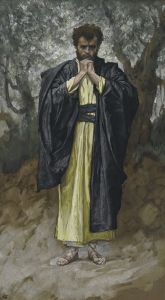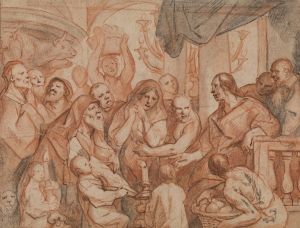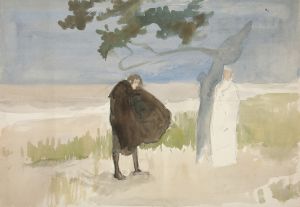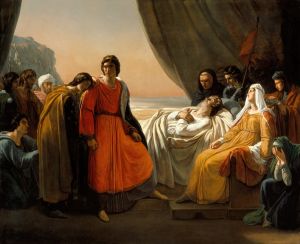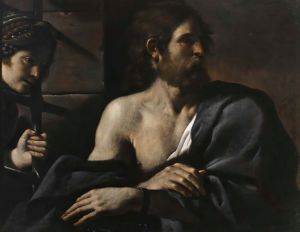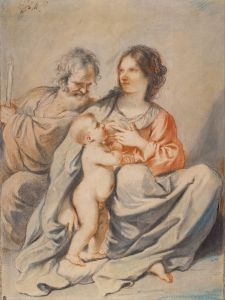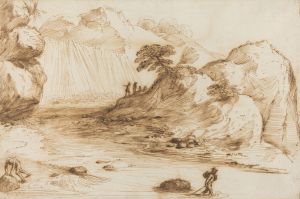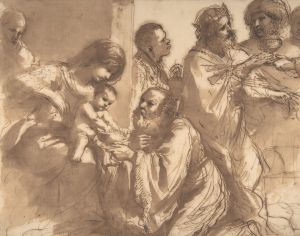
The Woman Taken In Adultery
A hand-painted replica of Guercino’s masterpiece The Woman Taken In Adultery, meticulously crafted by professional artists to capture the true essence of the original. Each piece is created with museum-quality canvas and rare mineral pigments, carefully painted by experienced artists with delicate brushstrokes and rich, layered colors to perfectly recreate the texture of the original artwork. Unlike machine-printed reproductions, this hand-painted version brings the painting to life, infused with the artist’s emotions and skill in every stroke. Whether for personal collection or home decoration, it instantly elevates the artistic atmosphere of any space.
"The Woman Taken in Adultery" is a painting by the Italian Baroque artist Giovanni Francesco Barbieri, commonly known as Guercino. This artwork depicts the biblical episode from the Gospel of John (John 8:1–11), in which Jesus is confronted by a group of scribes and Pharisees who bring before him a woman accused of adultery. They challenge Jesus to decide whether she should be stoned to death, as prescribed by Mosaic law, in an attempt to trap him into contradicting either Jewish law or Roman authority. Instead, Jesus responds with the famous words, "Let him who is without sin among you be the first to throw a stone at her," leading the accusers to leave one by one.
Guercino, a prominent figure of the Italian Baroque period, was known for his dramatic use of chiaroscuro (the contrast of light and shadow) and his ability to convey emotion through his figures. In this painting, he captures the tension and moral gravity of the moment. The composition typically focuses on the central figures of Jesus and the accused woman, with other characters arranged around them to emphasize the narrative's dramatic intensity.
The exact date of the painting's creation is not definitively documented, but it is believed to have been produced during Guercino's mature period, when he was at the height of his artistic powers. This period is characterized by his transition from the dynamic and dramatic style of his early works to a more classical and restrained approach influenced by the Bolognese school, particularly the Carracci family.
The painting is notable for its emotional depth and the humanity with which Guercino portrays the figures. Jesus is often depicted with a calm and compassionate demeanor, while the woman appears vulnerable yet dignified. The accusers are shown in various states of reflection or indignation, highlighting the moral complexity of the scene.
"The Woman Taken in Adultery" by Guercino is housed in the Dulwich Picture Gallery in London, one of the oldest public art galleries in England. The gallery's collection includes several works by Guercino, reflecting his significant contribution to Baroque art. The painting remains an important example of Guercino's ability to combine narrative clarity with emotional resonance, making it a compelling interpretation of this well-known biblical story.





